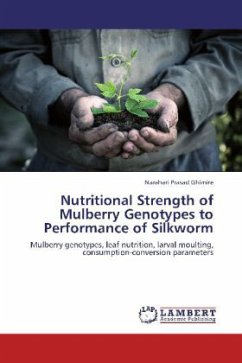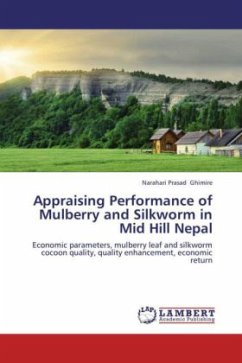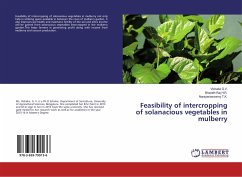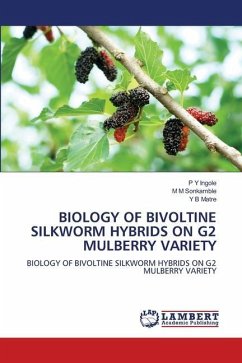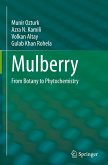Mulberry (Morus sp.) leaf is the sole natural food source of silkworms (Bombyx mori L.). The mulberry leaf quality has predominating influence on the development of the silkworm and the quality of the silk cocoons. Different mulberry genotypes under cultivation are not equally important from nutritional point of view. No single genotype contains all the nutrients at the highest level. Genotypic differences in nutritional quality can be examined through various methods. This book gives insights into estimating mulberry leaf yield, examining leaf biochemistry, appraising critical feeding hours of silkworm on a particular mulberry genotype, evaluating silkworm moulting ratio and characterizing consumption-conversion indices of native and exotic mulberry genotypes. Hence, the book provides experimental information in evaluating elite mulberry genotypes from biochemical as well as bioassay perspectives. The information generated is useful for sericulturists, professionals working in the field of Entomology and students studying Entomology, specifically the sericulture.

